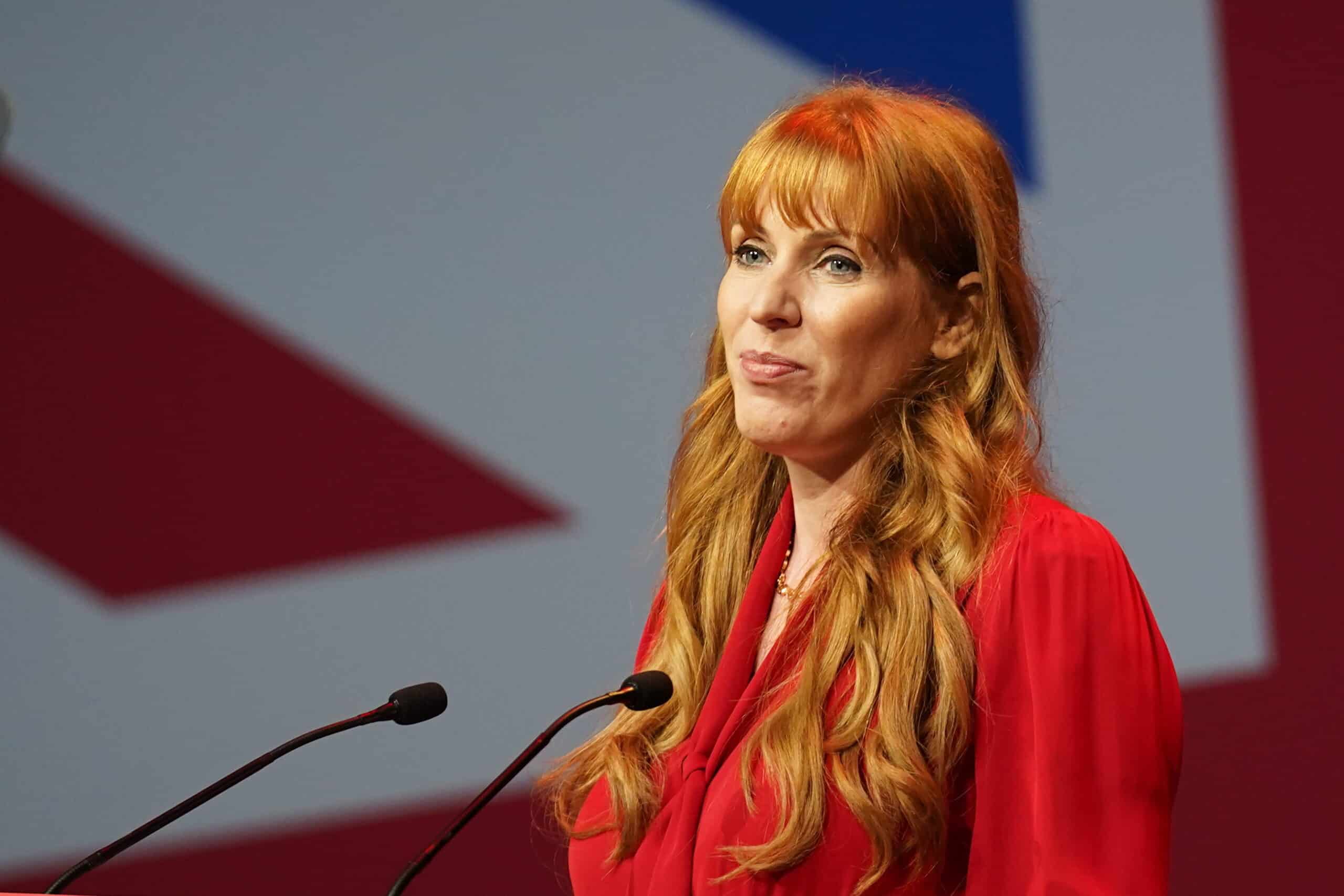
A campaign has been launched to break the Labour Party’s “class ceiling” to increase the number of working-class MPs.
A fringe meeting at the party’s conference in Liverpool heard that the number of Labour MPs from blue-collar backgrounds had been falling for decades.
And of the 160 or so prospective parliamentary candidates already chosen to stand for Labour at the next general election, many had similar middle-class backgrounds with only a handful of working-class would-be MPs selected, it is claimed.
David Littlefair, a party member leading the campaign group Labour Beyond Cities, told the meeting: “It can be quite a controversial subject.
“It is in our gift as a movement to break the class ceiling, not just in society as a whole, but in our party itself.
“And it’s something we need to do as a strategic approach as well.
“Because if there’s one thing we’ve noticed in elections in the past it’s the working-class voters have gone from voting for Labour to not voting at all.”
Parth Patel, senior researcher at the Institute for Public Policy Research (IPPR), said: “Why does it matter, what way of life our MPs come from? It matters a lot.
“An individual’s experience of the world shapes their view of it. In our democracy, the kind of democracy we have, we don’t choose the decisions, we choose our decision-makers. So those experiences in life are really important.”
Mr Patel, author of an IPPR study published last year into MPs’ backgrounds, said that Parliament had in general become far more representative of the country, particularly as regarded gender and ethnicity, with 10 per cent of MPs now from an ethnic minority background, compared to 15 per cent of the population.
And in 1979, some 3 per cent of MPs were women, with that percentage now standing at 33 per cent up to the 2019 general election.
But he added: “The dimensions of representation that people are paying less attention to are those associated with class.
“In the late ’70s or early ’80s, almost one in three Labour MPs came from a working-class background. Today that’s around 1 in 10.
“And that fall has been quicker than the shrinking of the working-class population of the country at large.”
Mr Patel said unions were no longer a major pipeline for people entering politics and actually the time and money needed to stand as a candidate was out of reach of working-class people.
One proposal was to establish a “right to run” in law, in the same way that an employer must give an employee time off for jury service or service in the Territorial Army.
Michael Crick, broadcaster and journalist, quoted a guide to the House of Commons from The Times dating from 1945, showing Labour MPs with previous jobs including numerous coal miners, a hairdresser, steel worker, joiner, policeman and engine driver.
Mr Crick said: “It is an amazing contrast with today.
“I was just listening to what Parth said about how huge progress has been made in terms of representation of women, representation of people from ethnic minorities, and how class is always the one that’s forgotten.
“And this isn’t just in politics, it’s everywhere.
“And so there’s a great waste of talent here going on, not just in your party but in other parties as well.”
Mr Crick, who cited Labour deputy leader Angela Rayner as one of the party’s authentic working-class MPs, said Labour’s choice of candidates showed “too much sameness”, adding: “Too many people from similar backgrounds; middle-class, university-educated, worked for a think-tank, spend a bit of time as a councillor.”
Former barmaid Margaret Mullane told Monday’s fringe meeting that being selected as the parliamentary candidate for Labour for Dagenham and Rainham, where the MP was retiring, was a “fluke” because she was a friend of the local council leader and got a job working for the local MP Jon Cruddas.
She added: “We need more working-class voices or, my argument would be, we end up with Lee Anderson.”